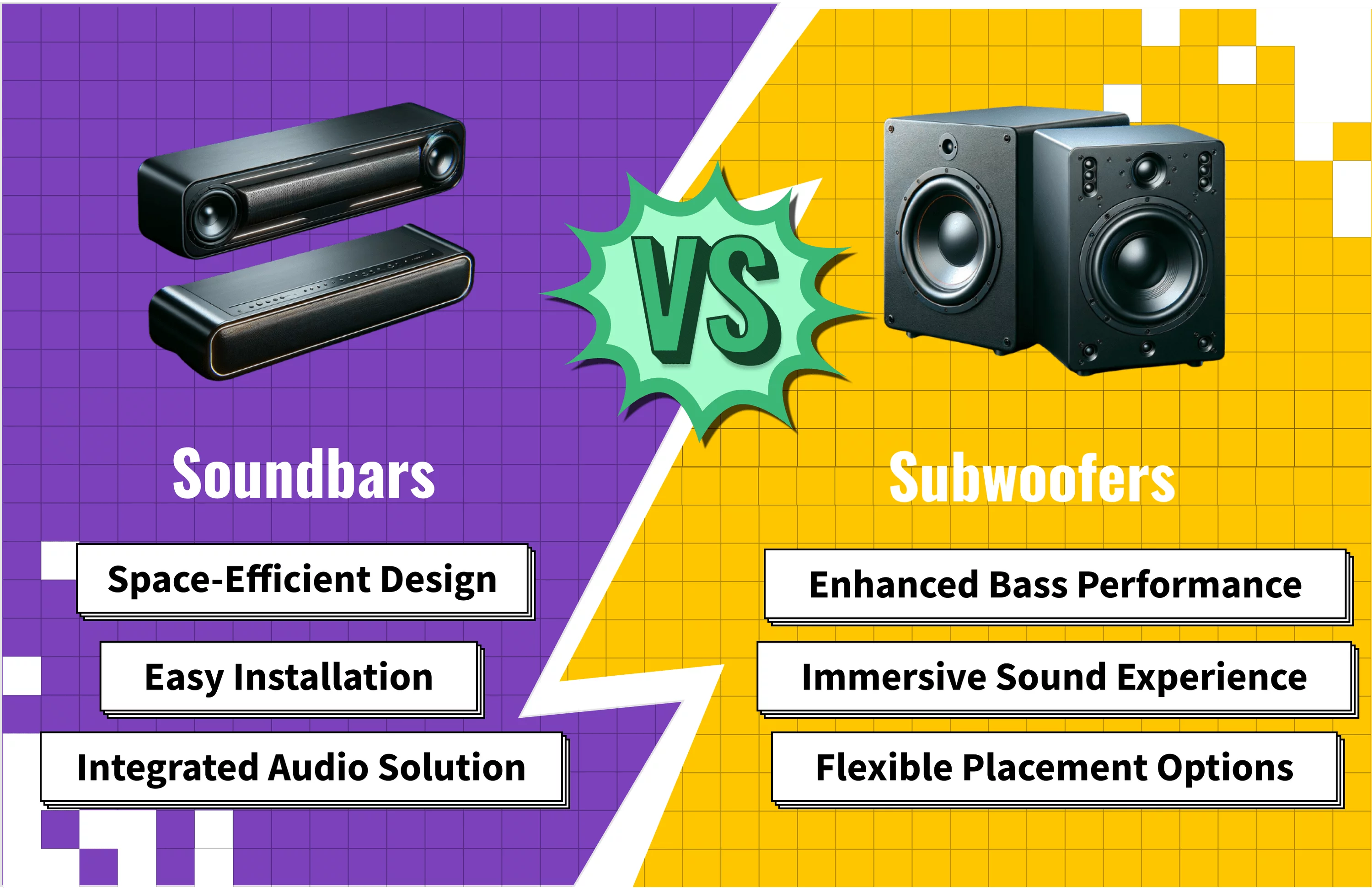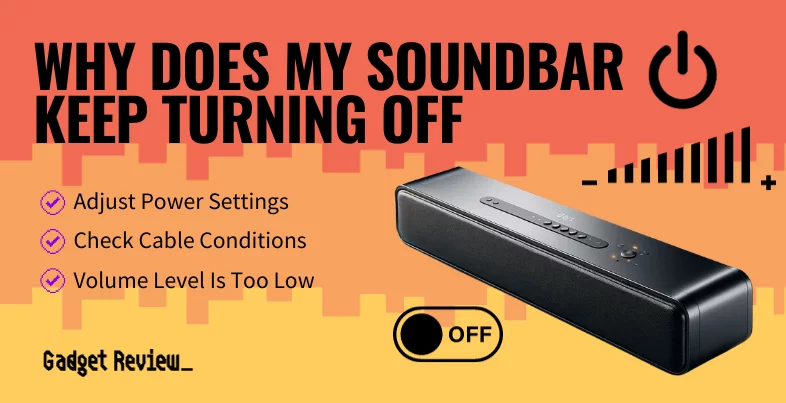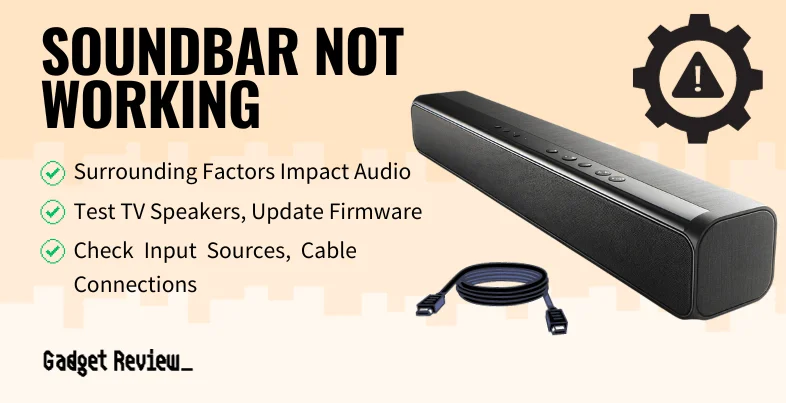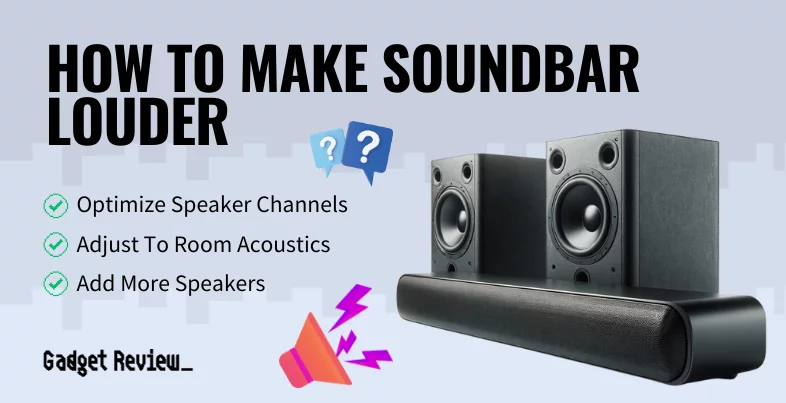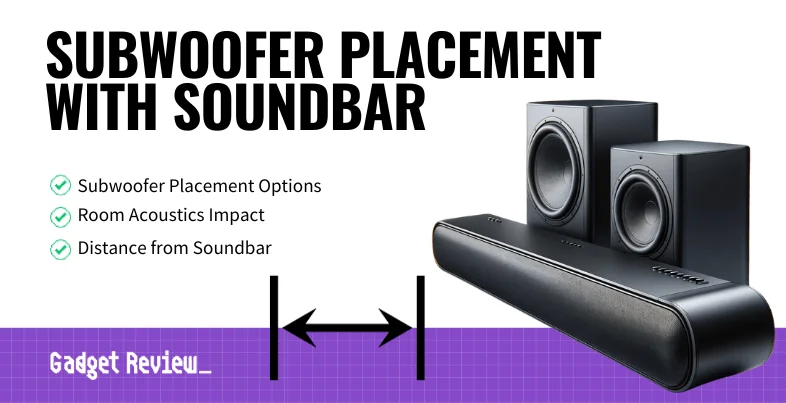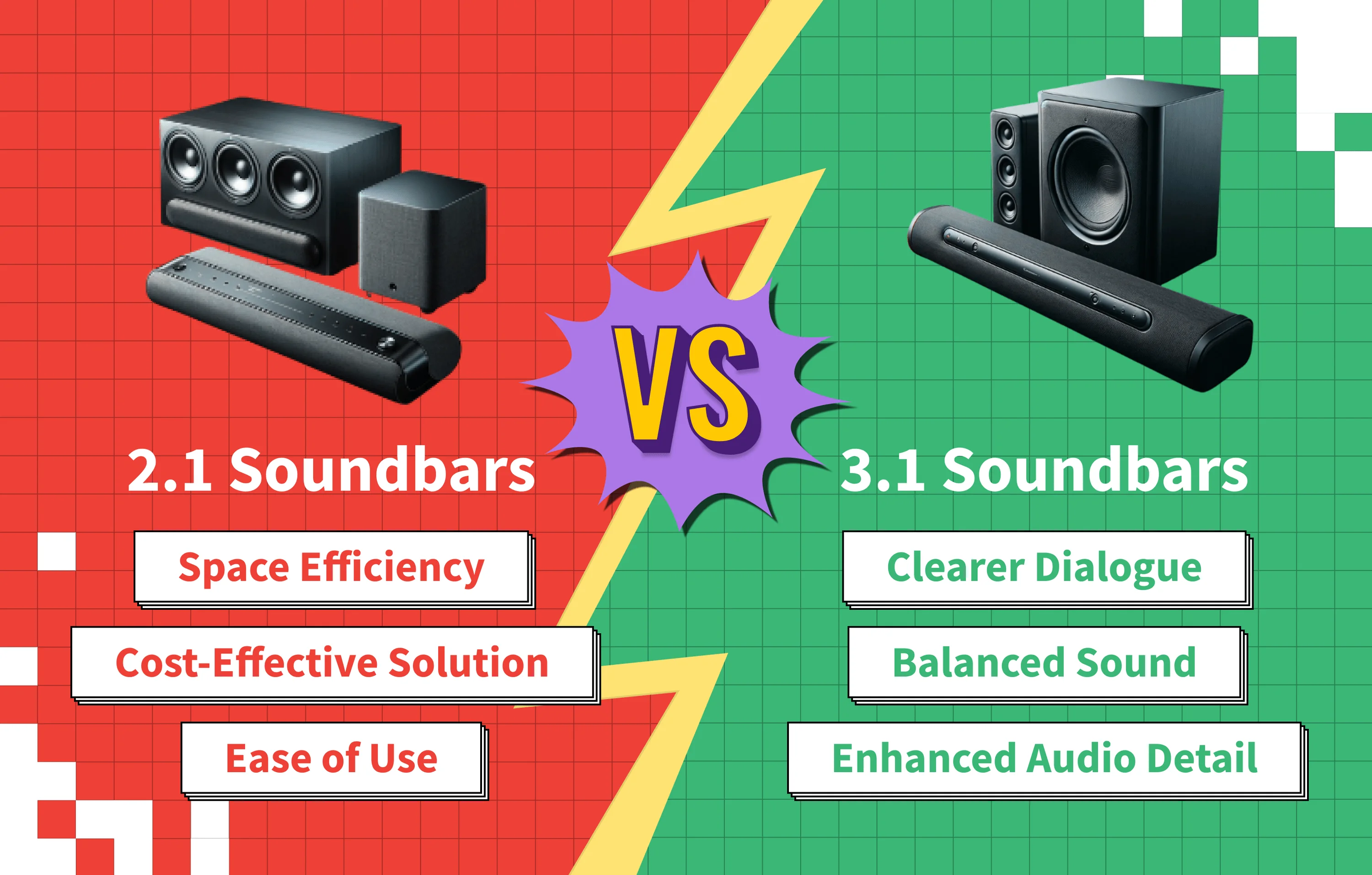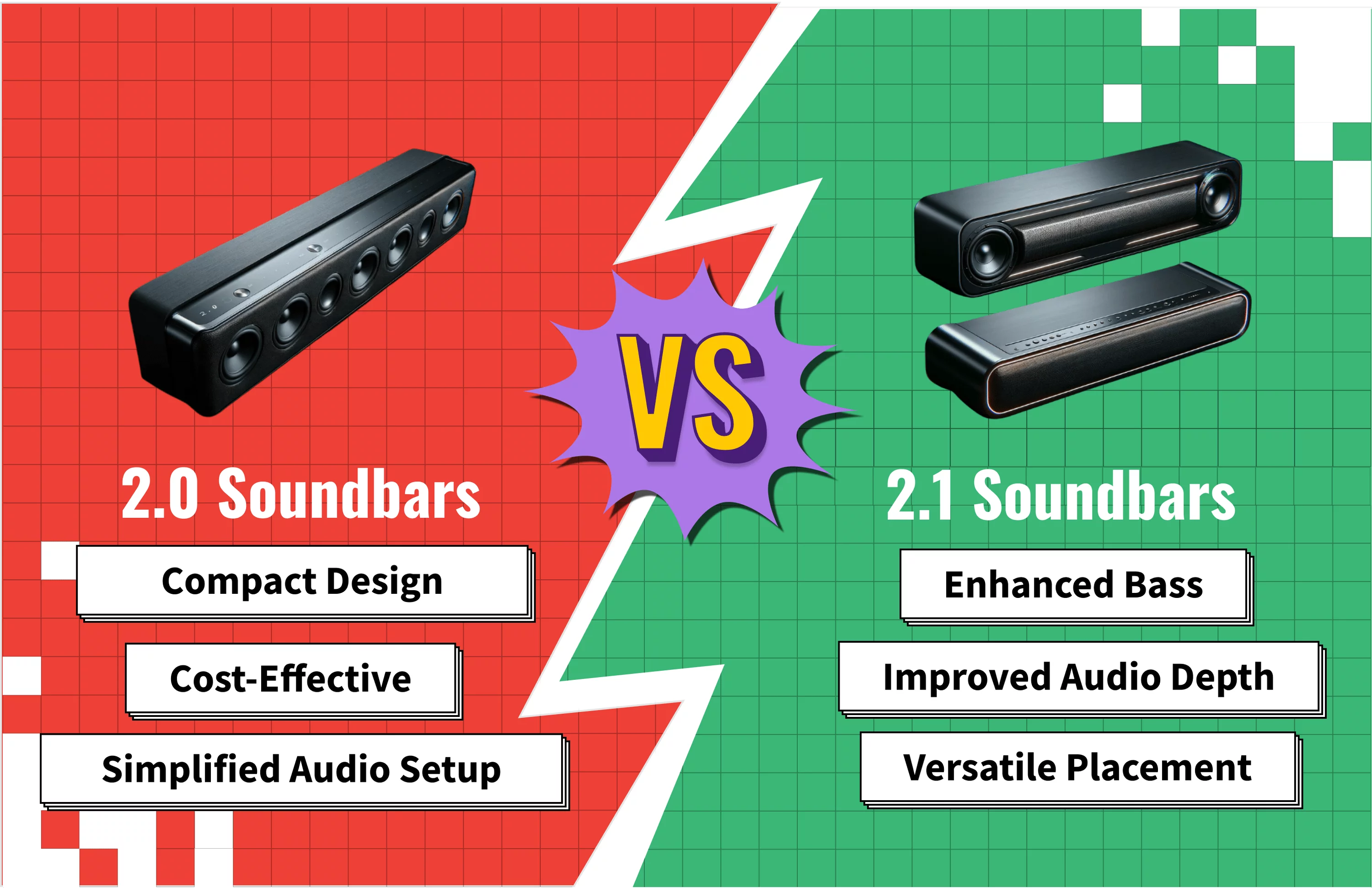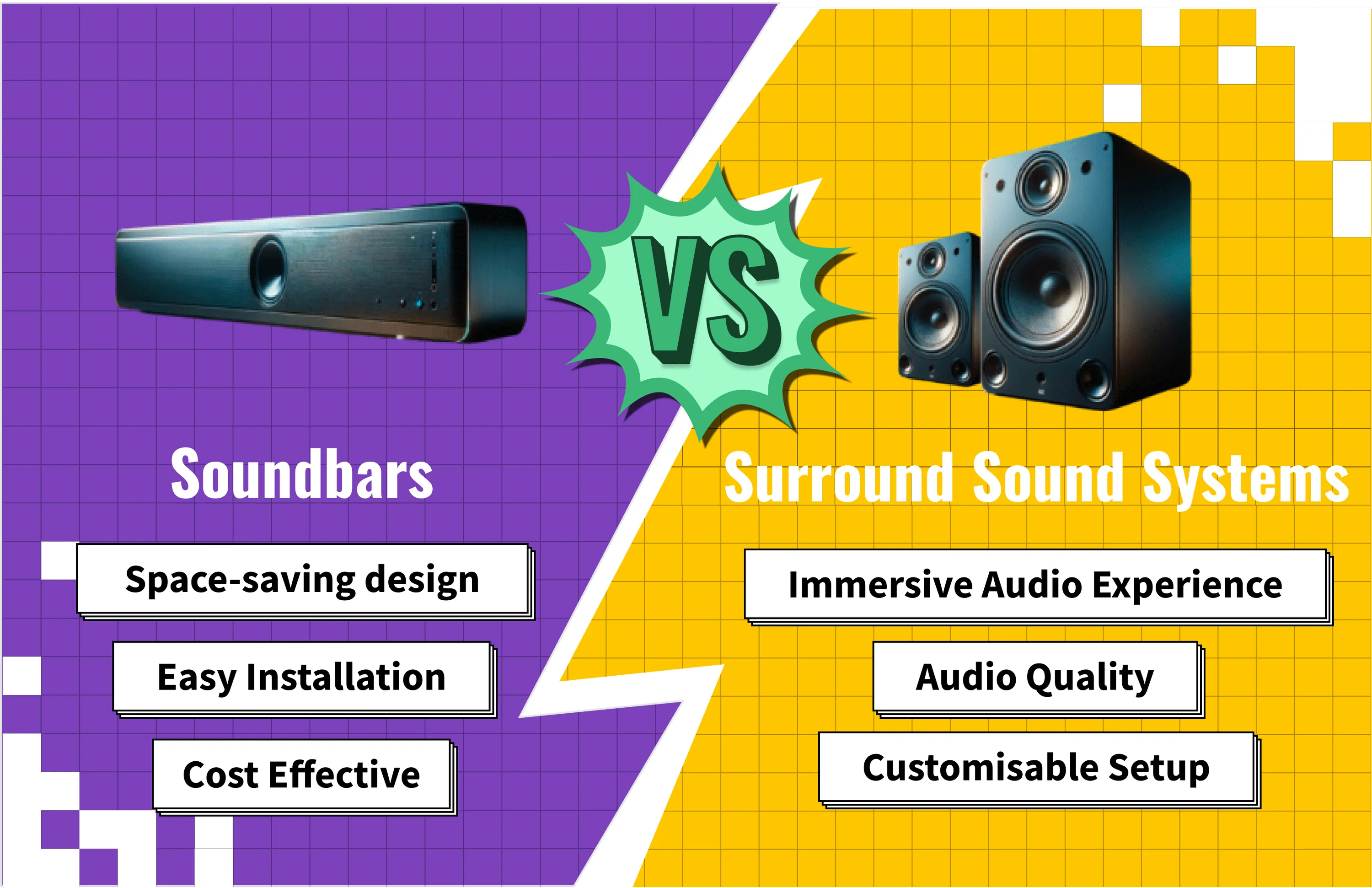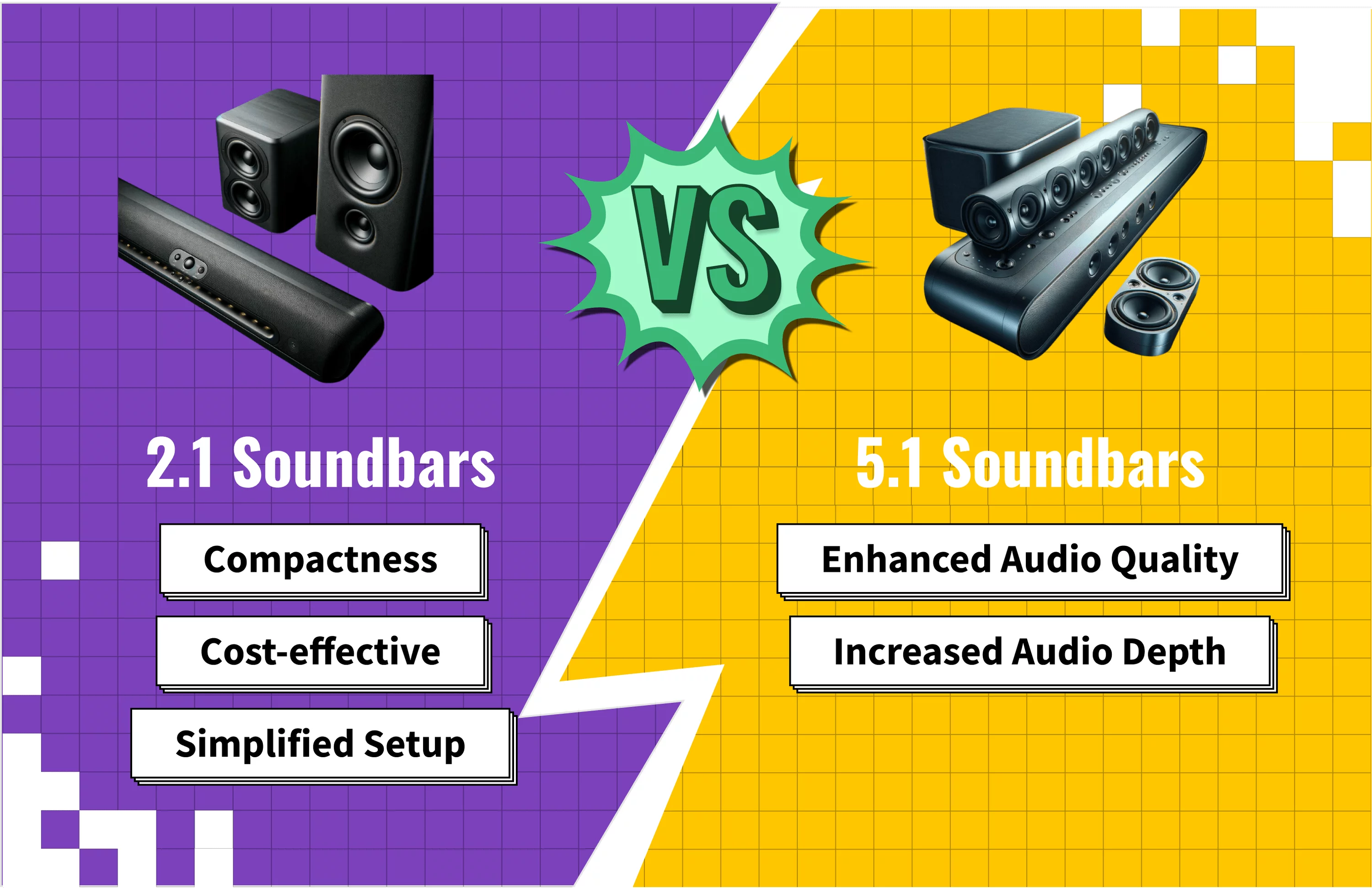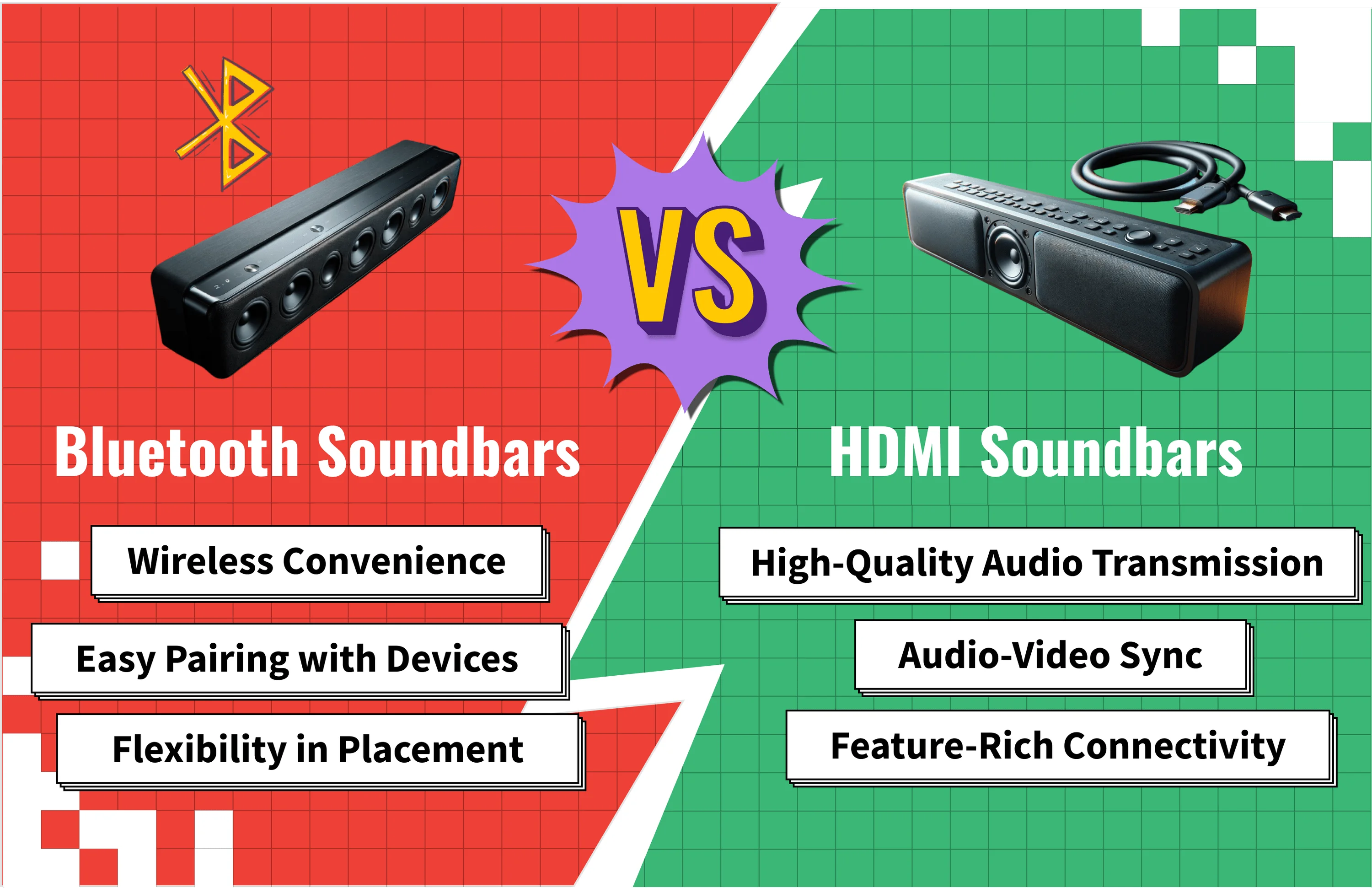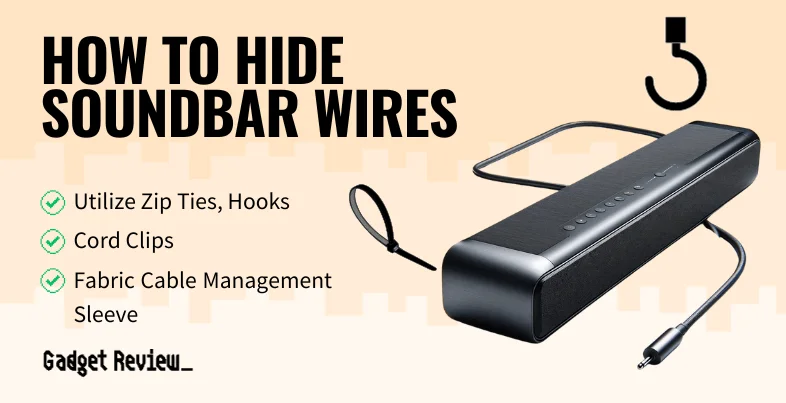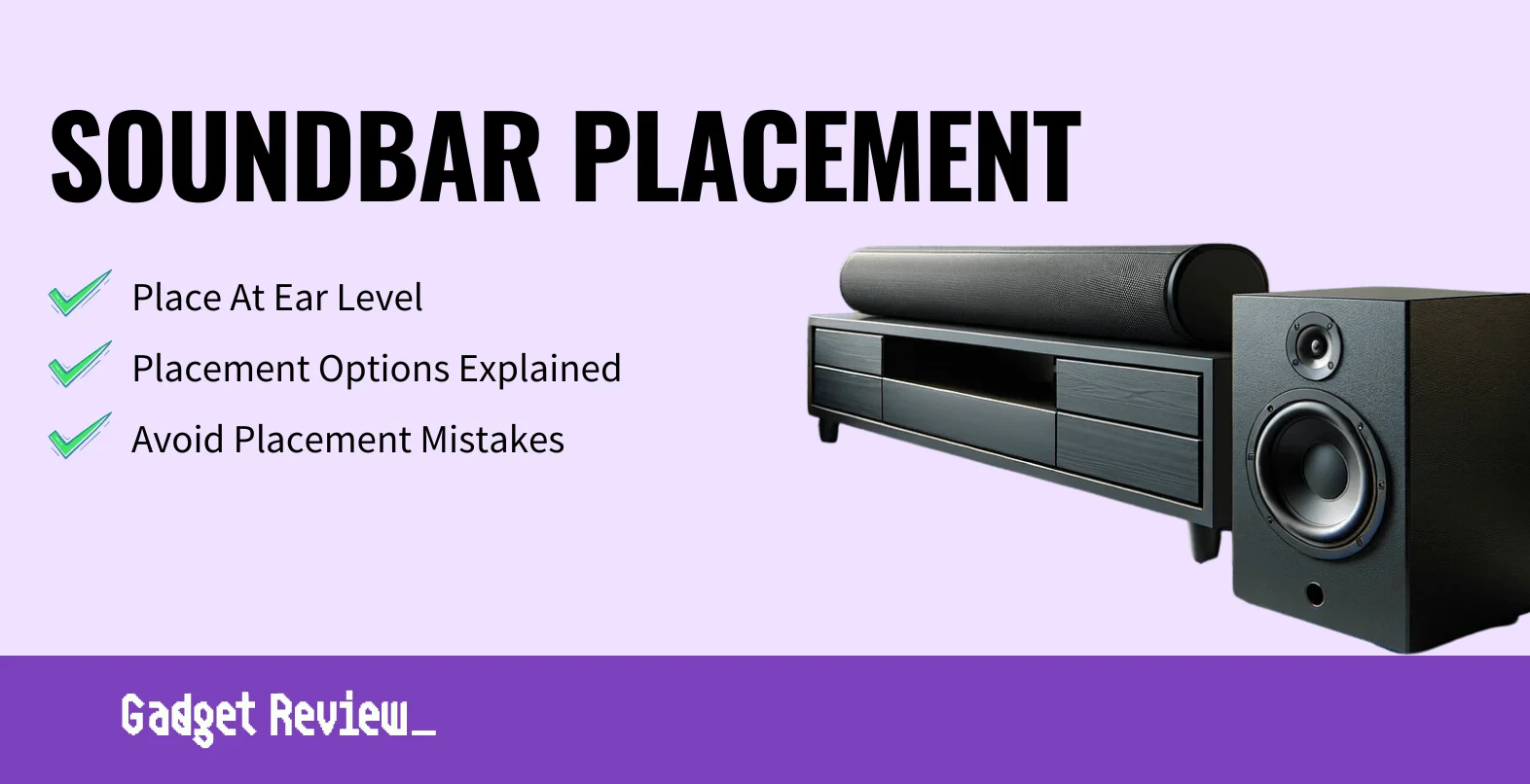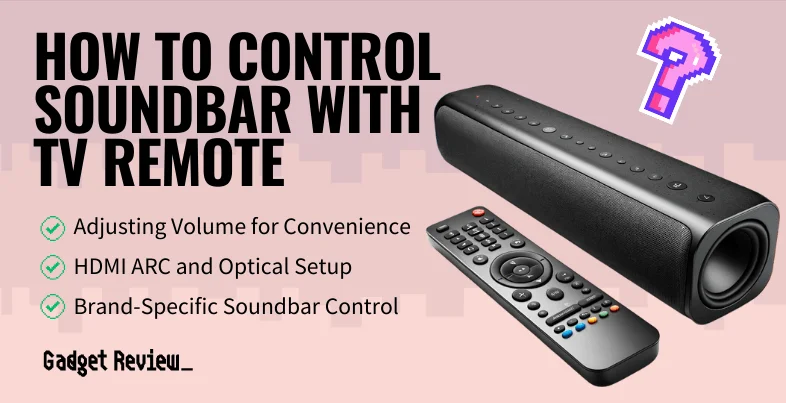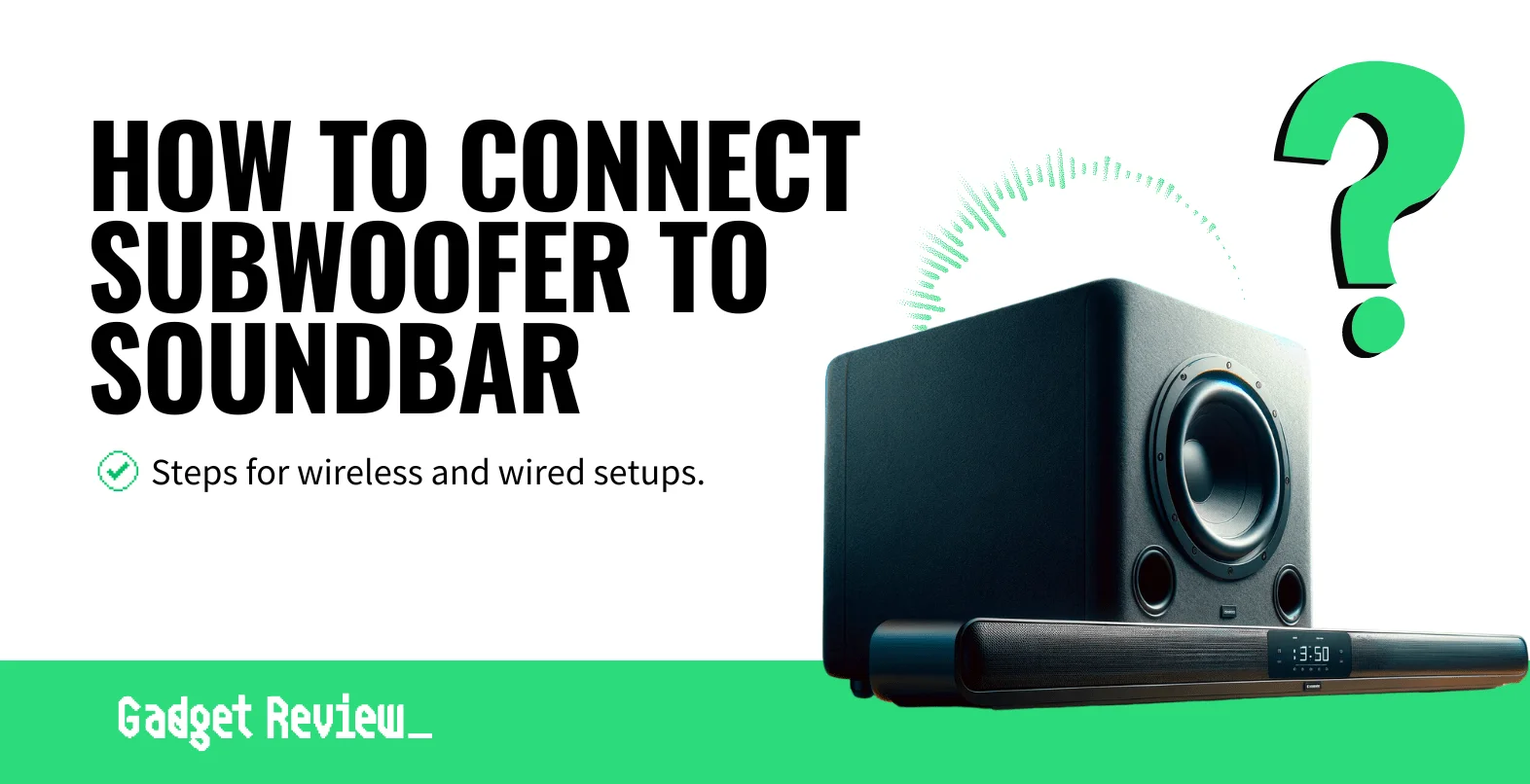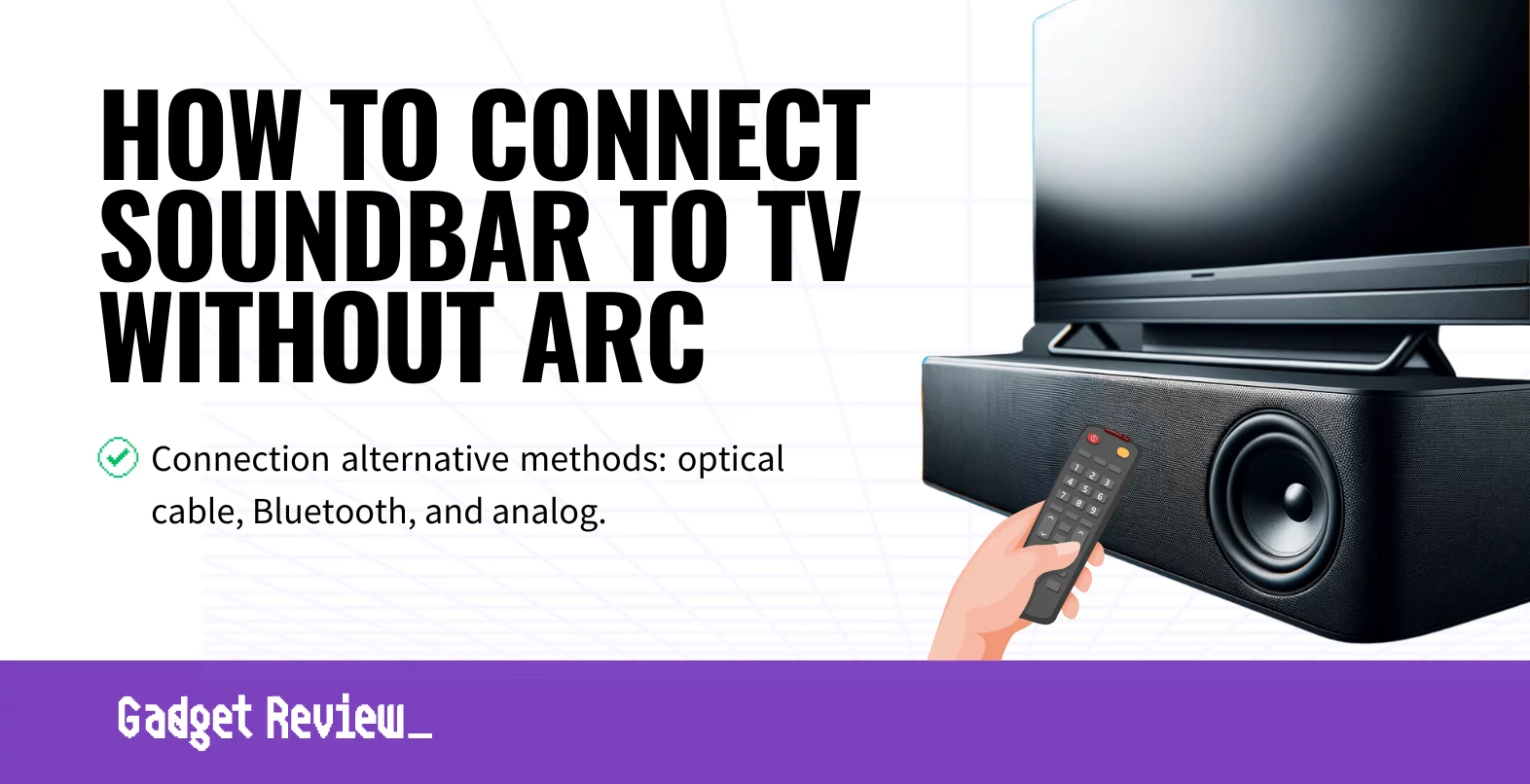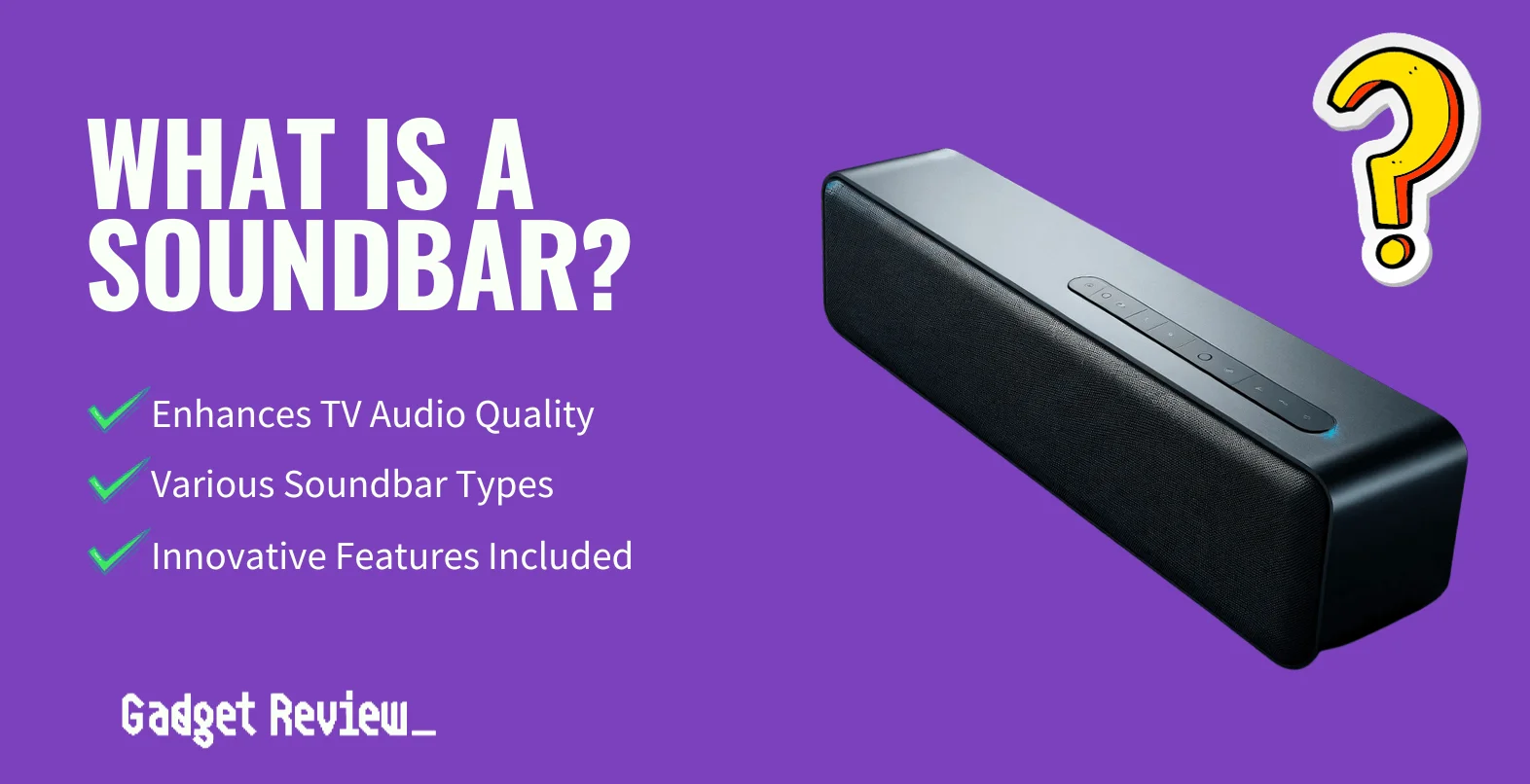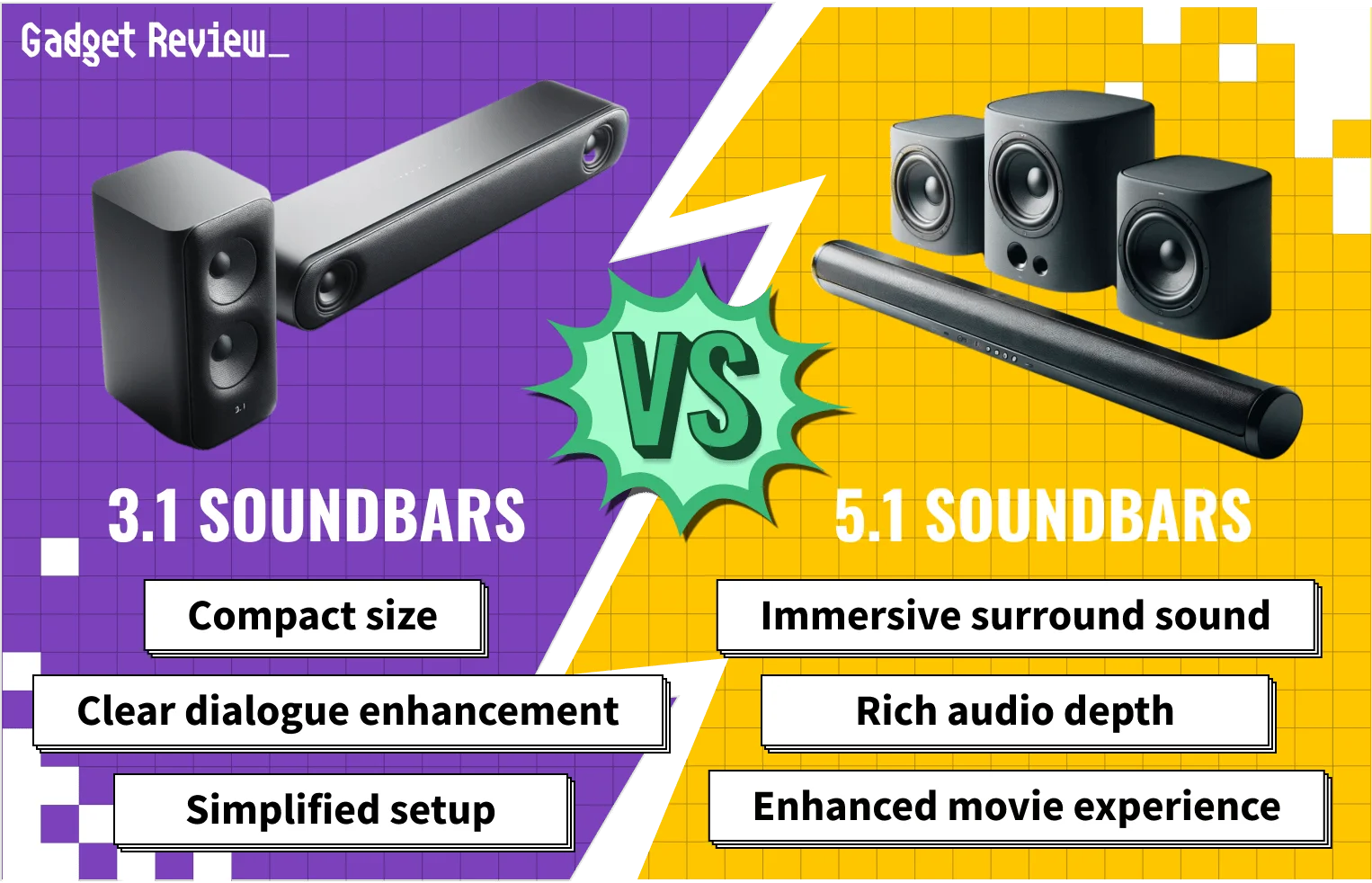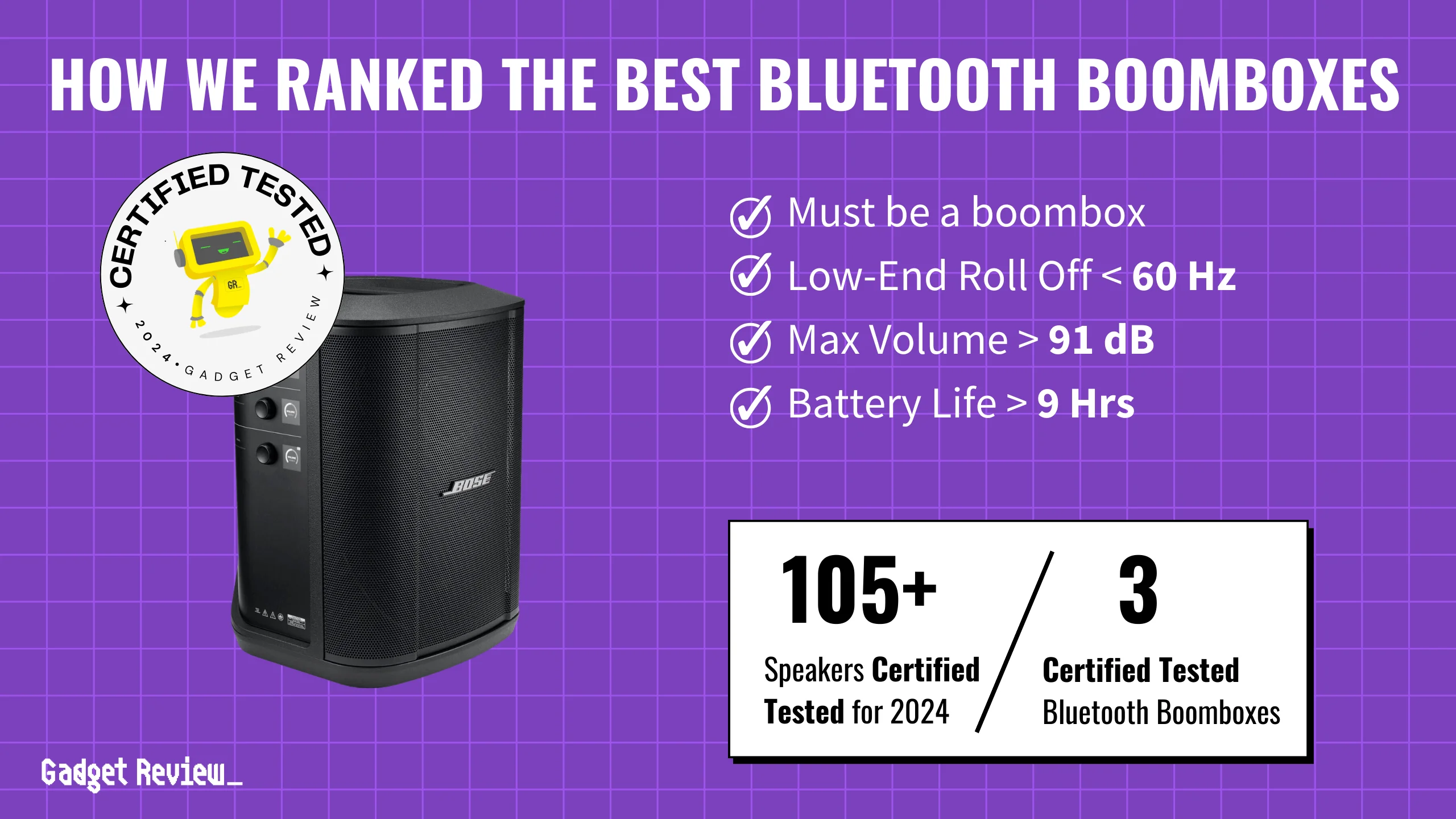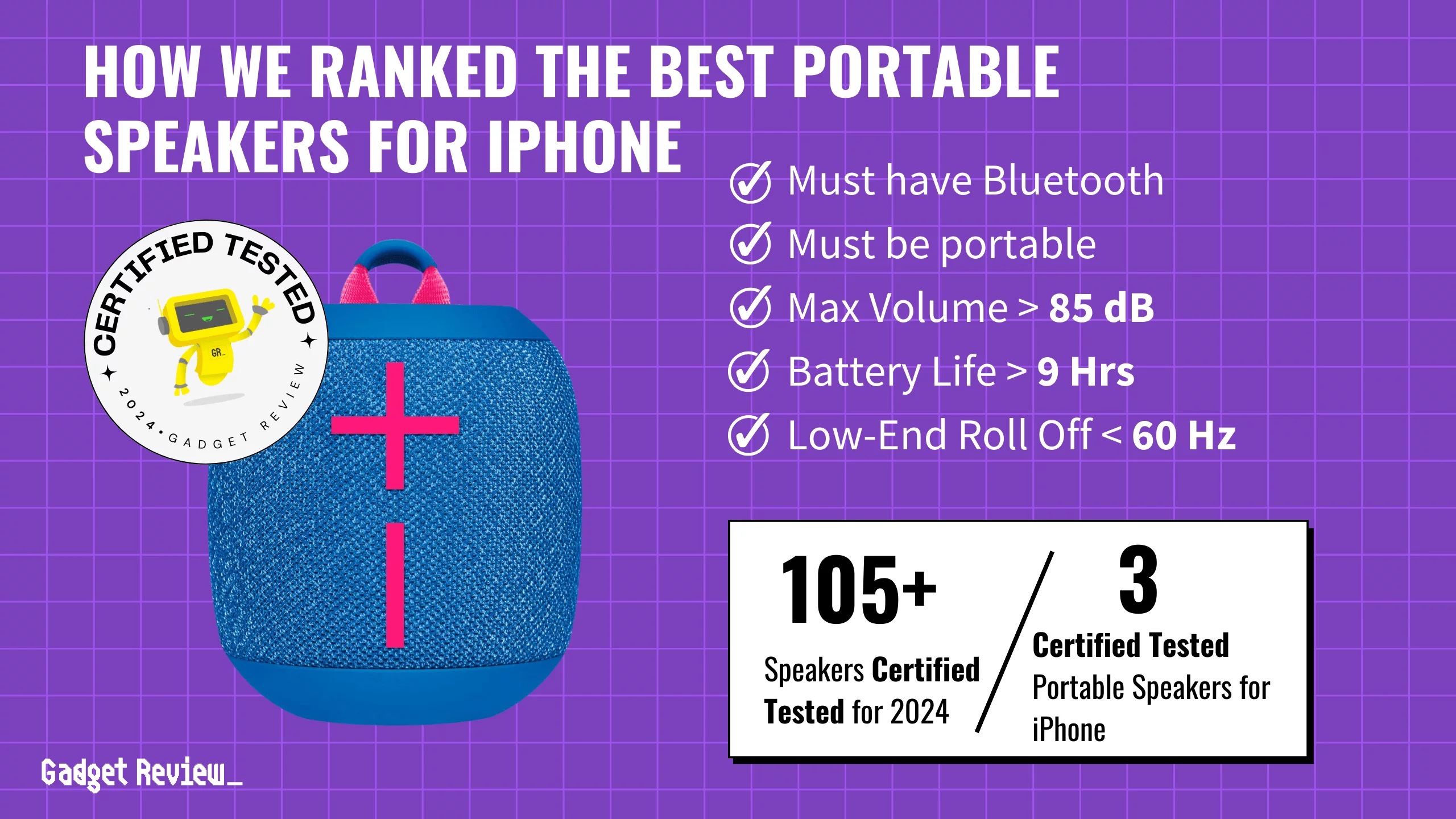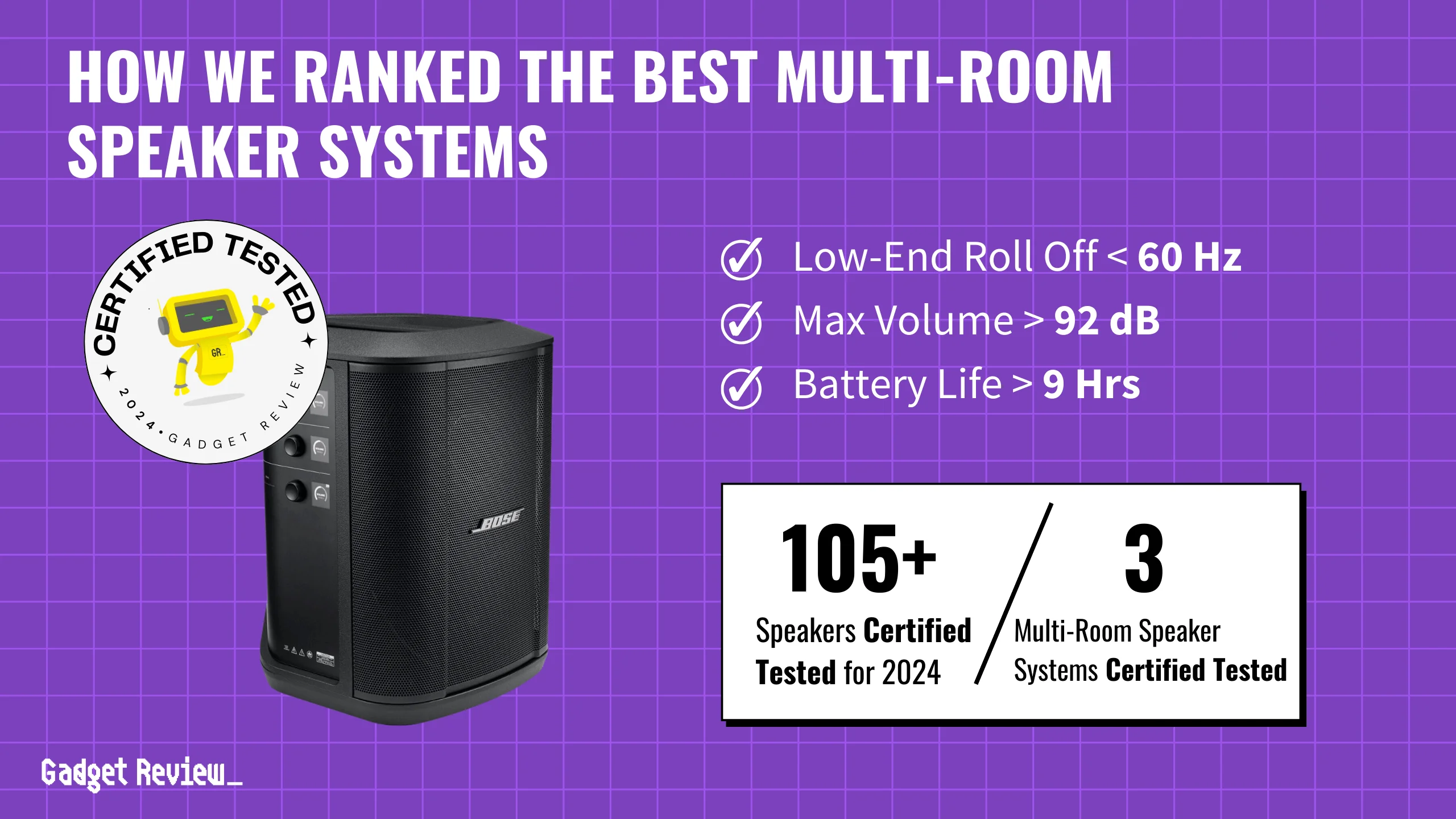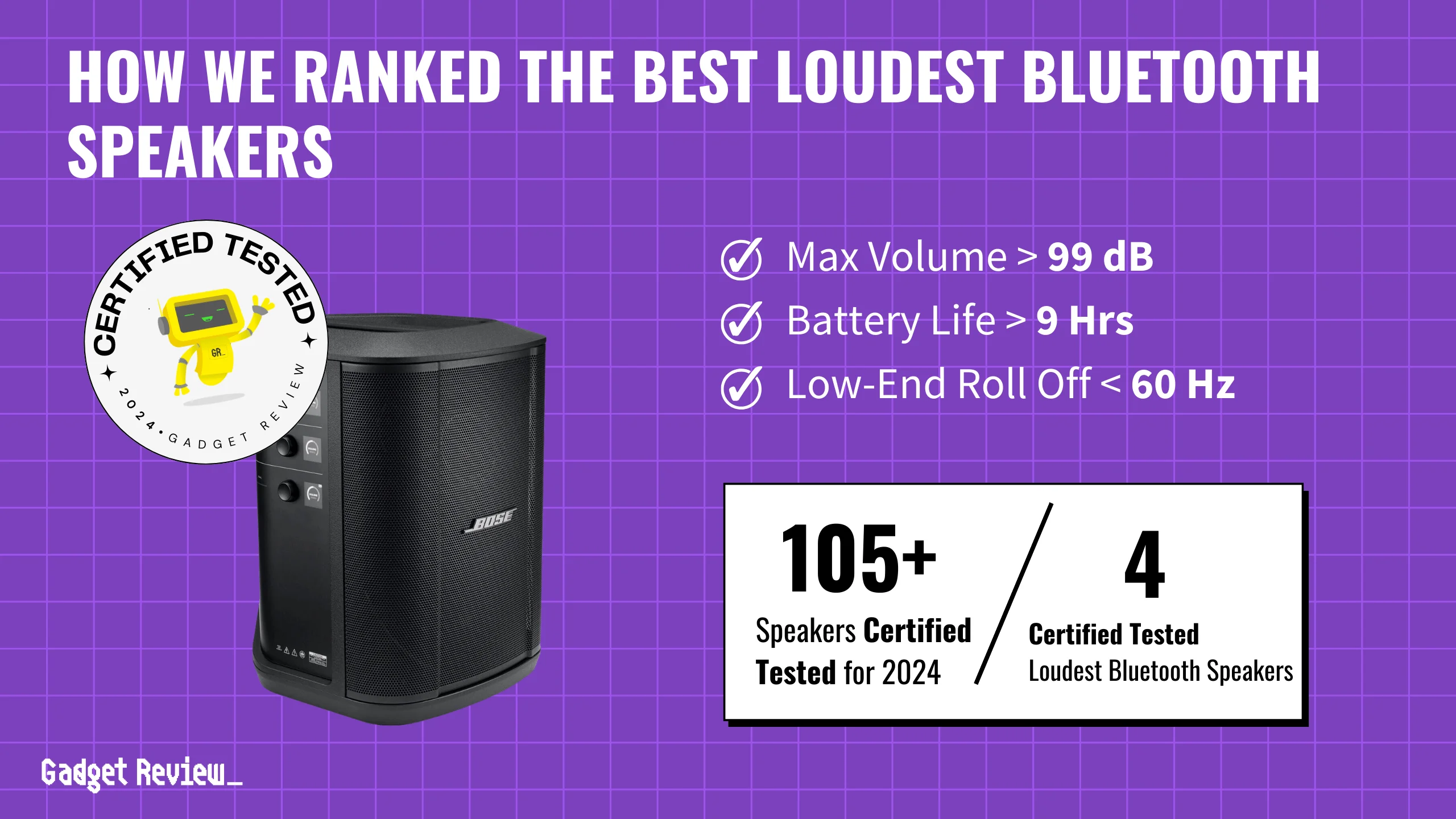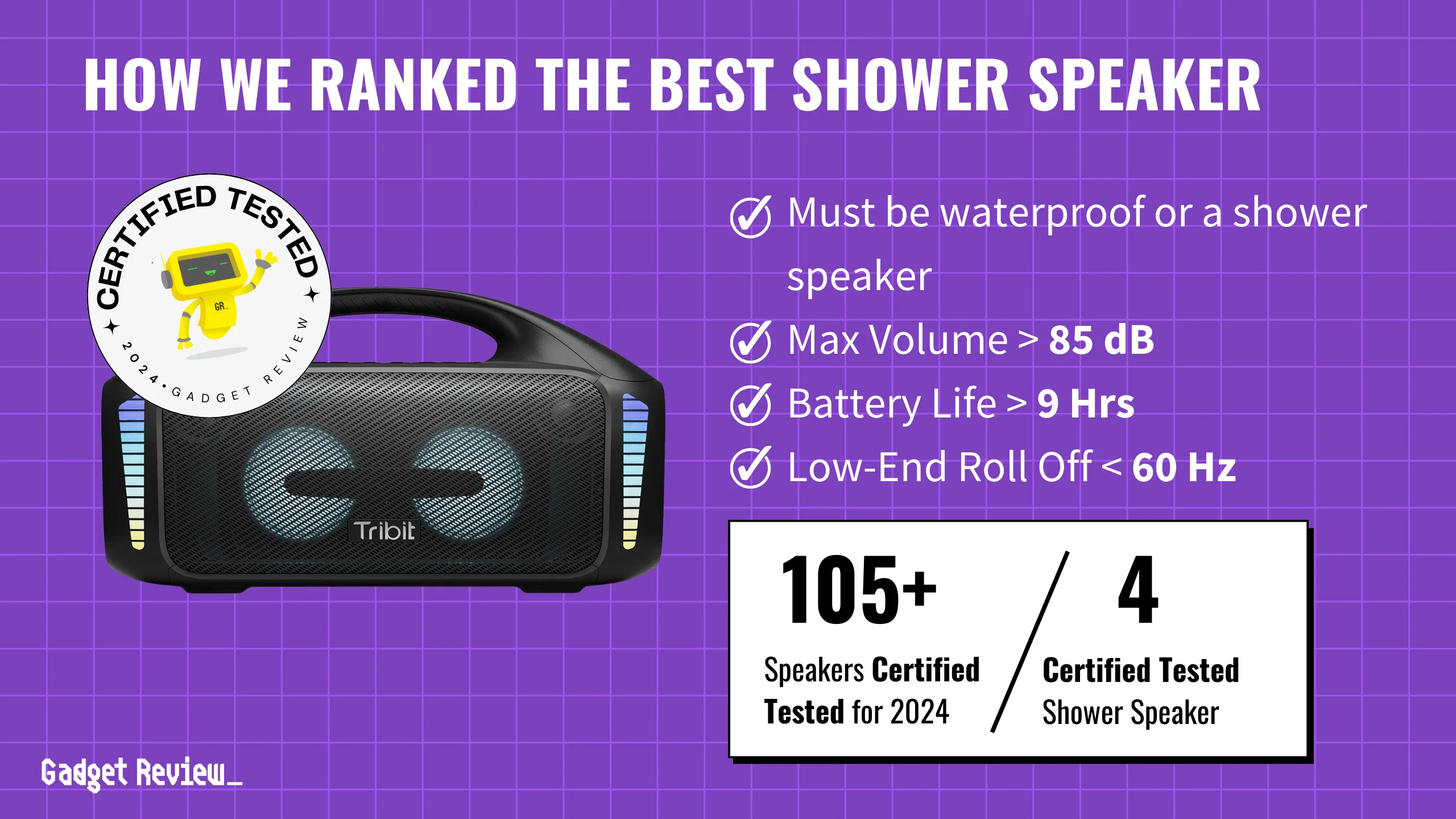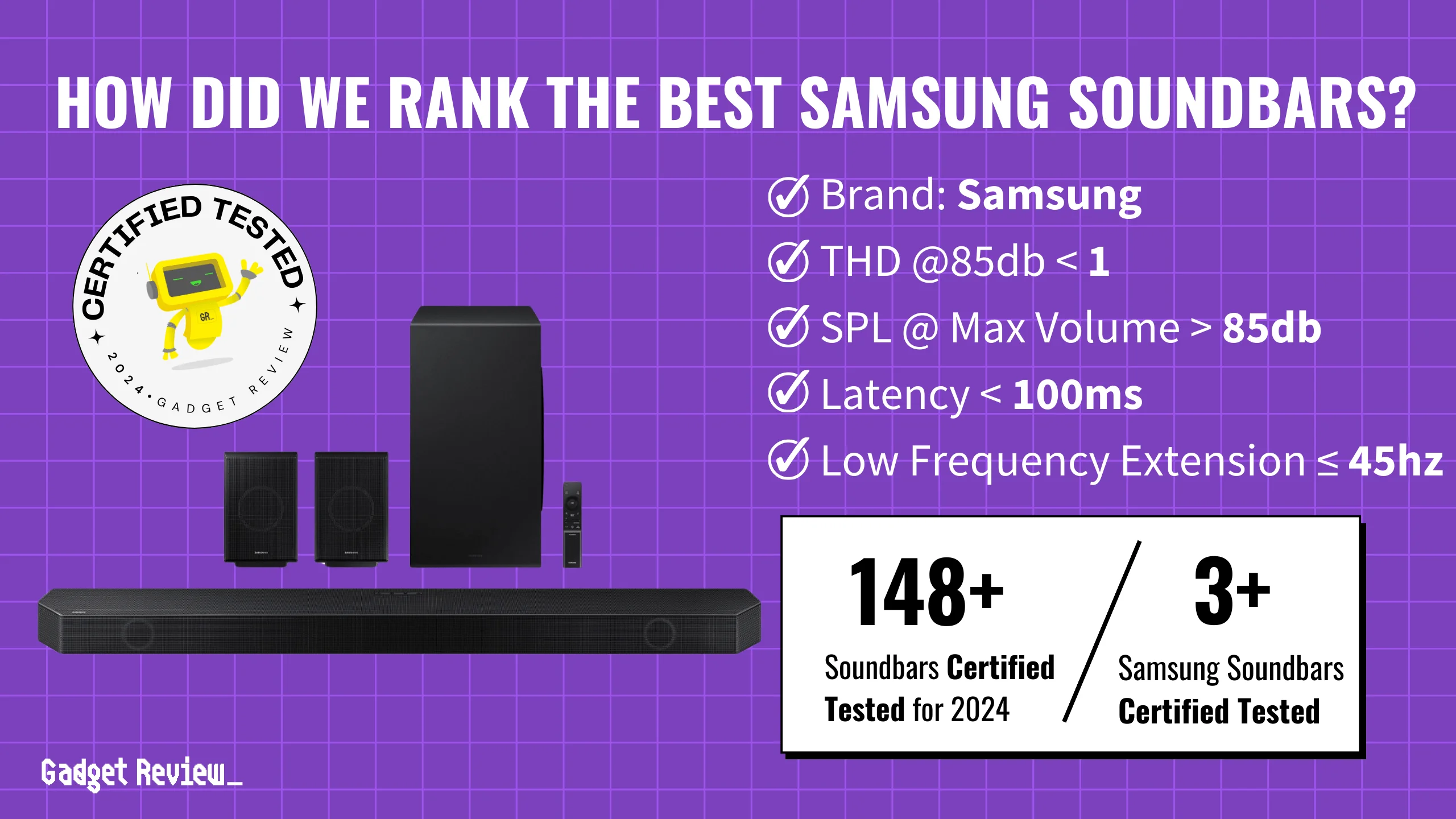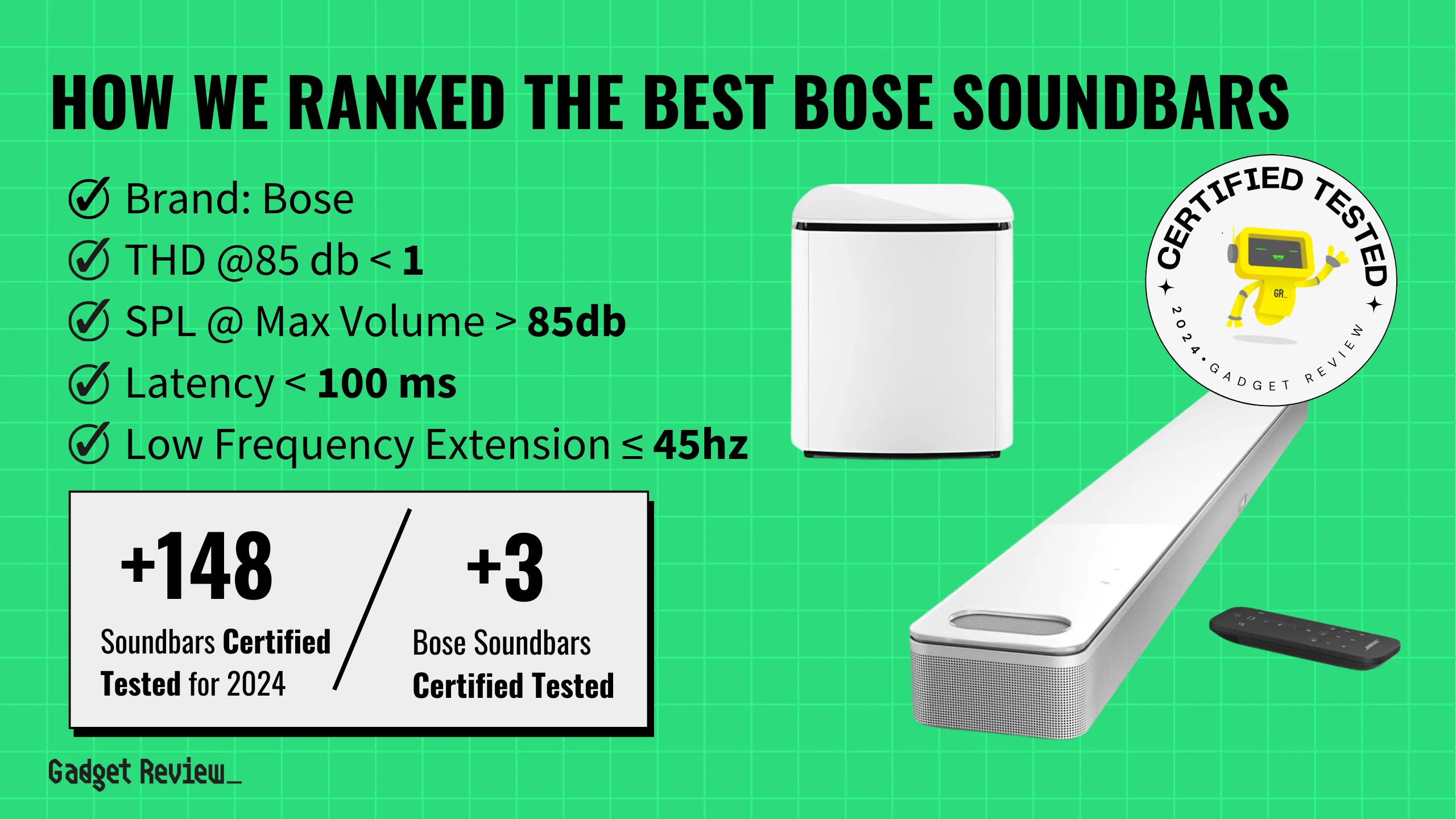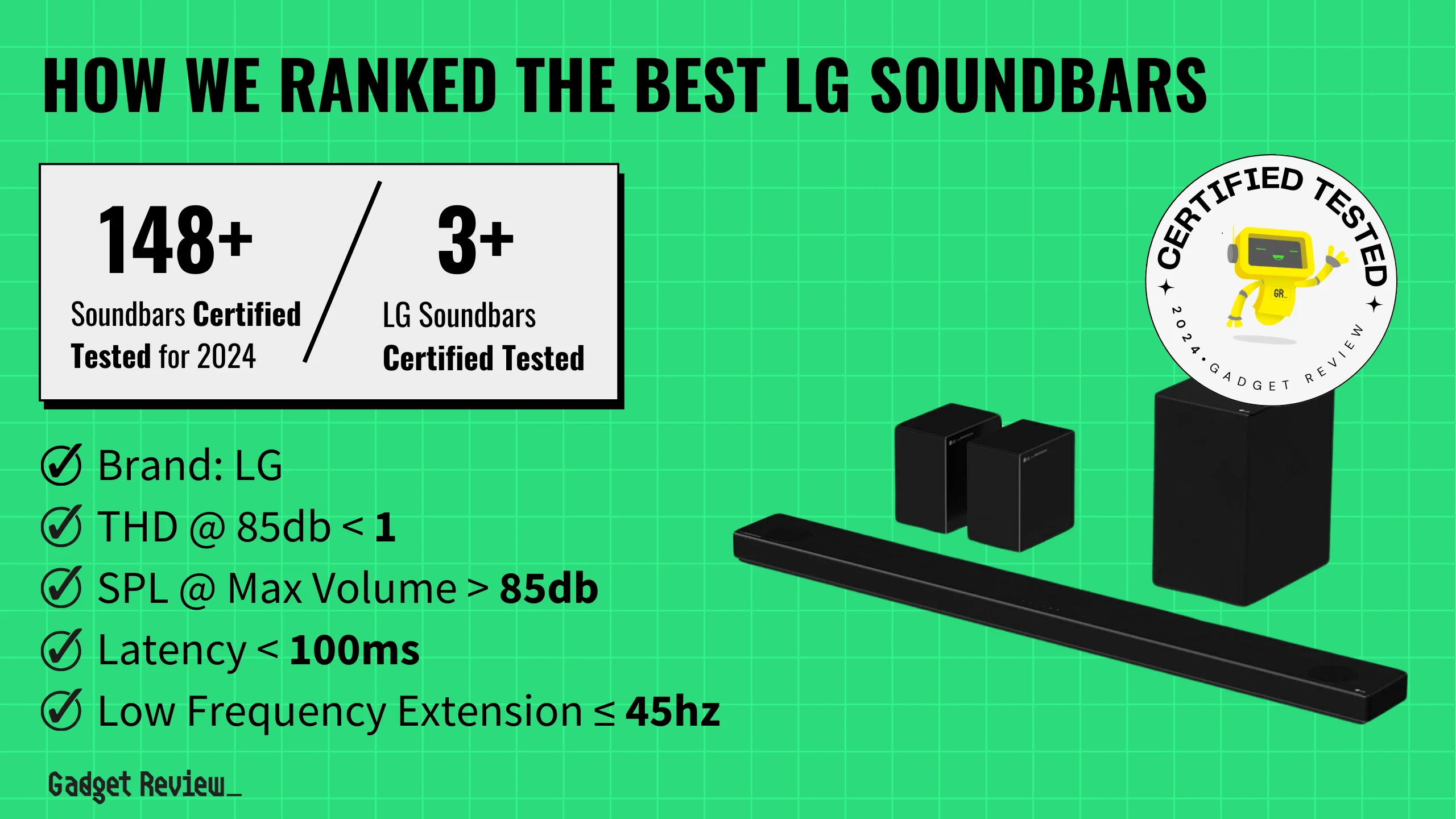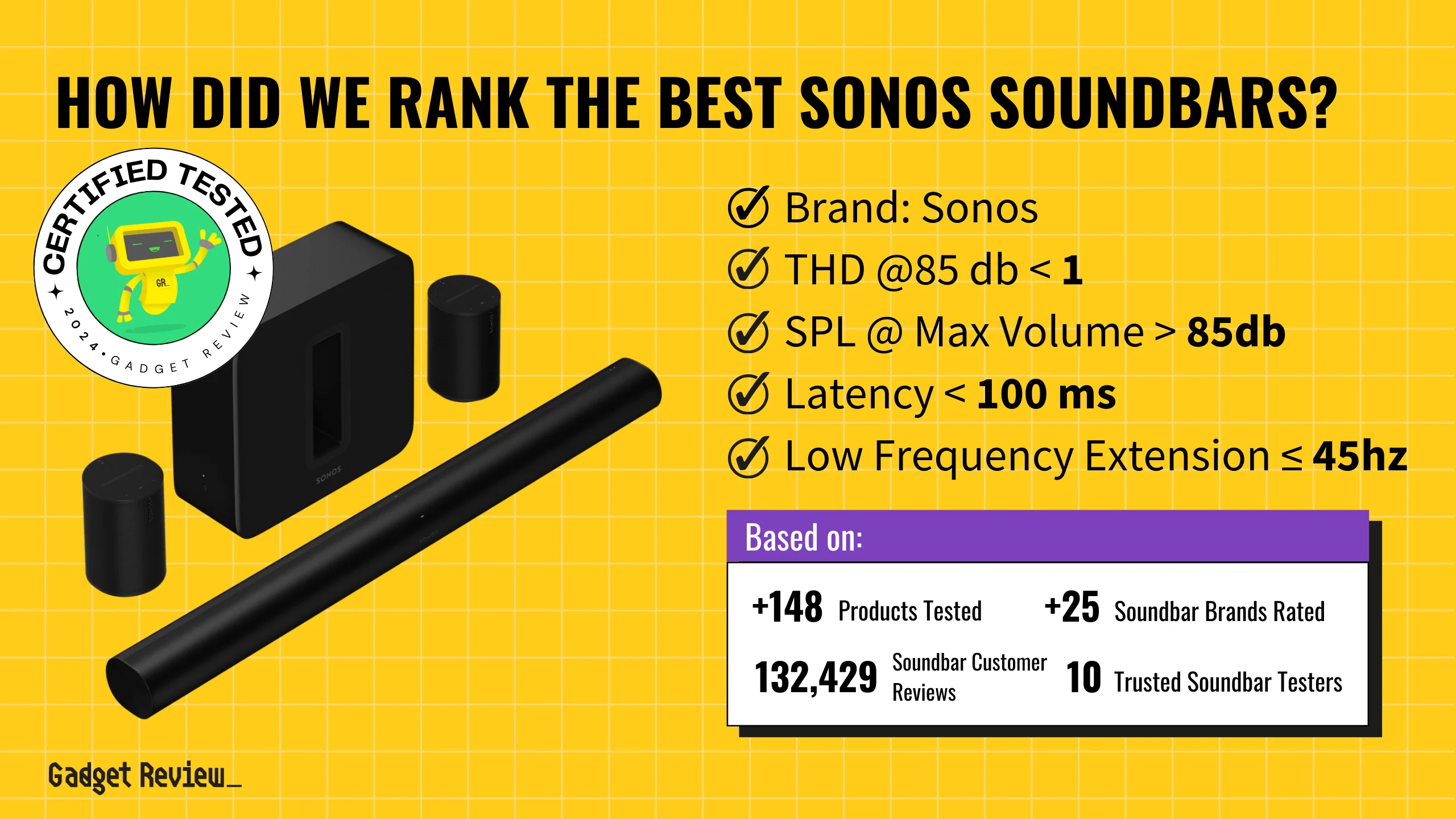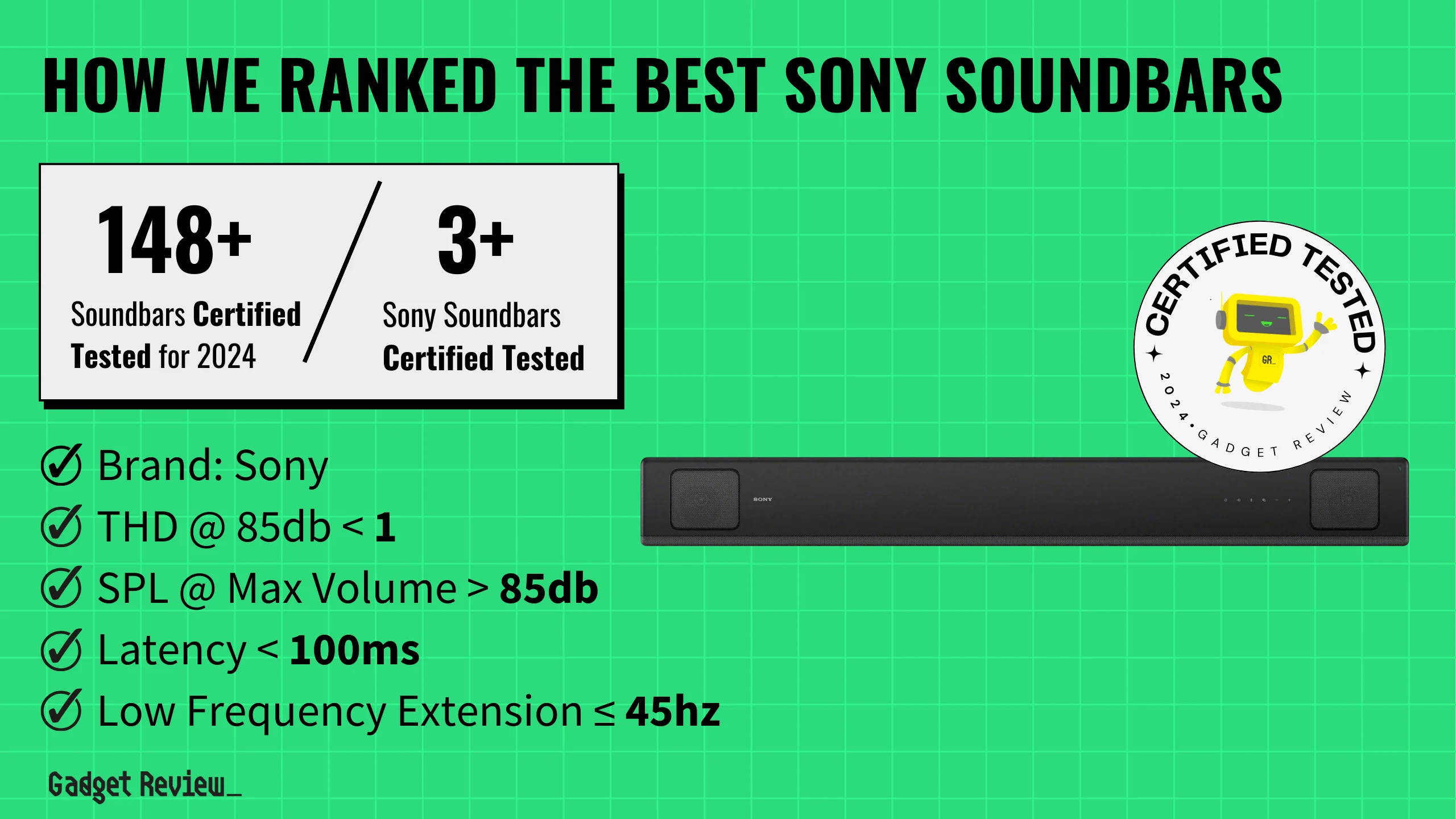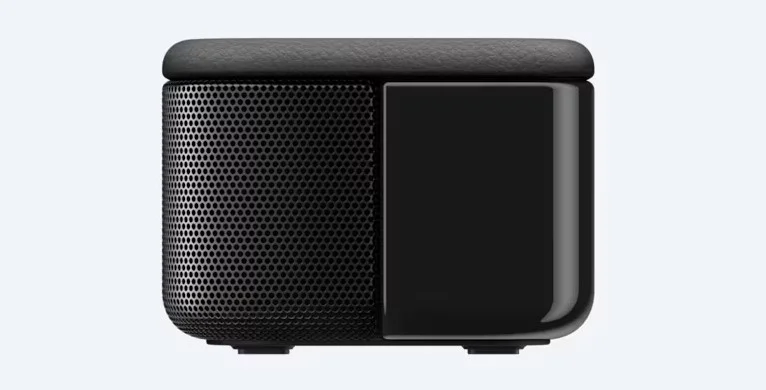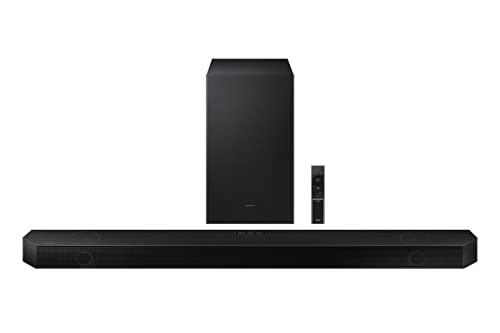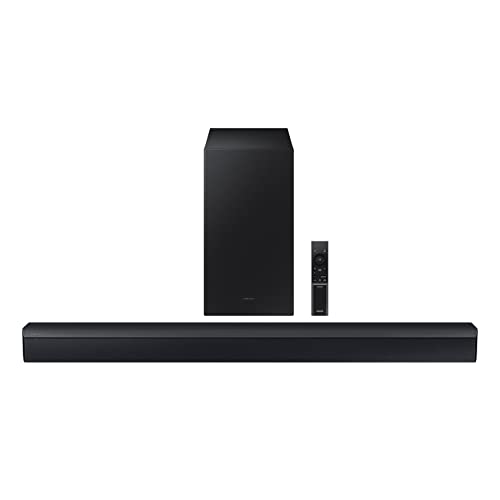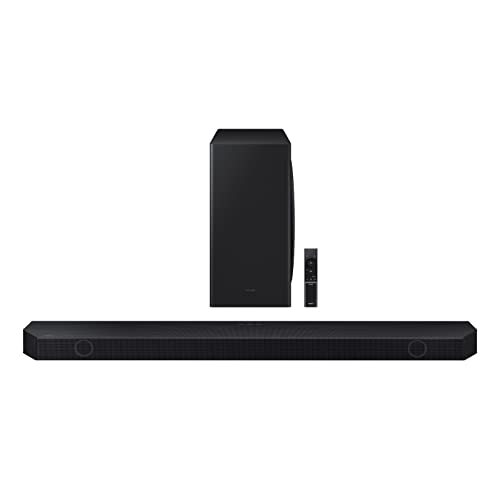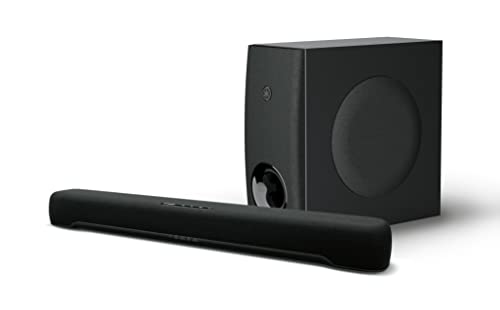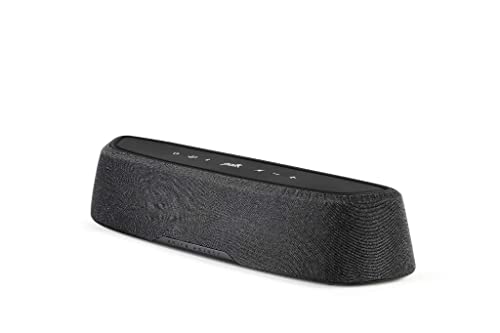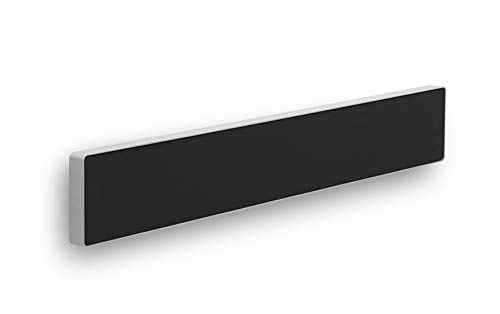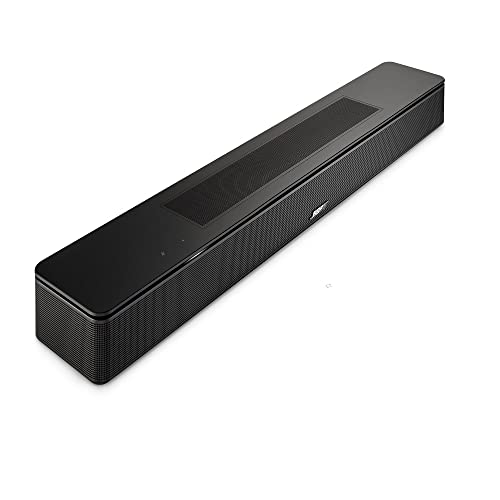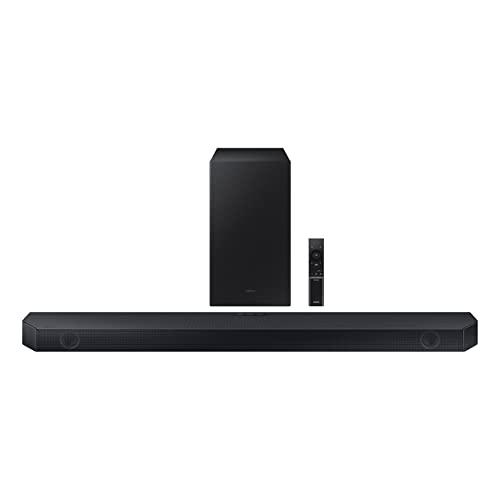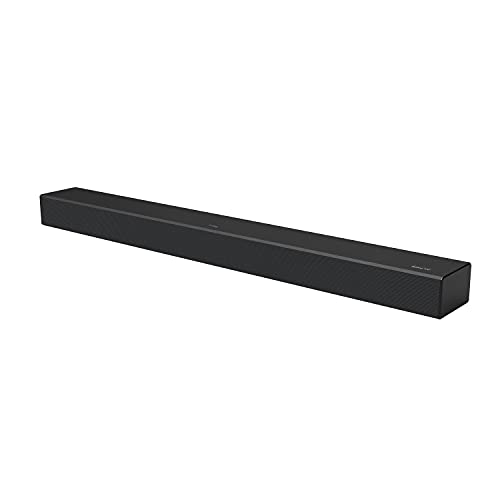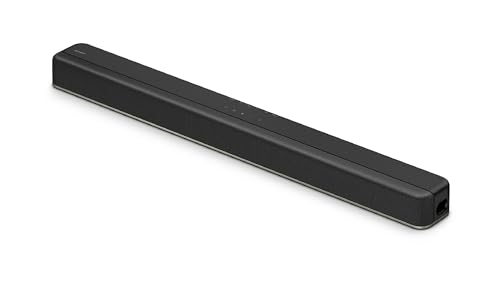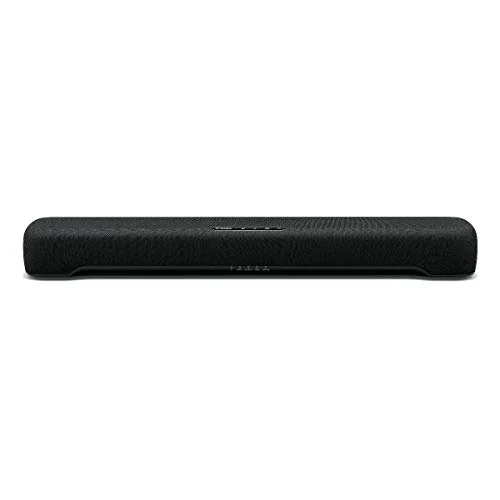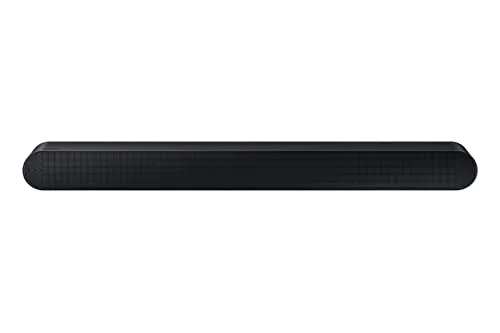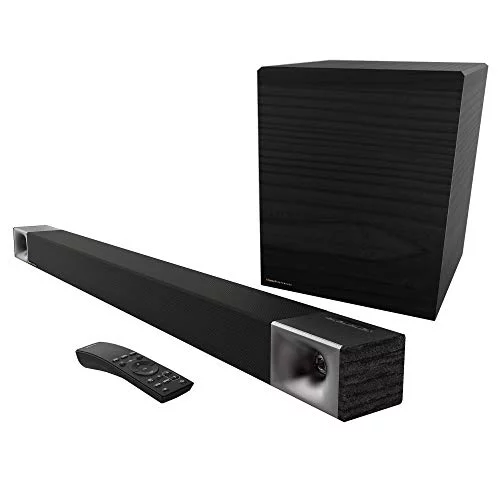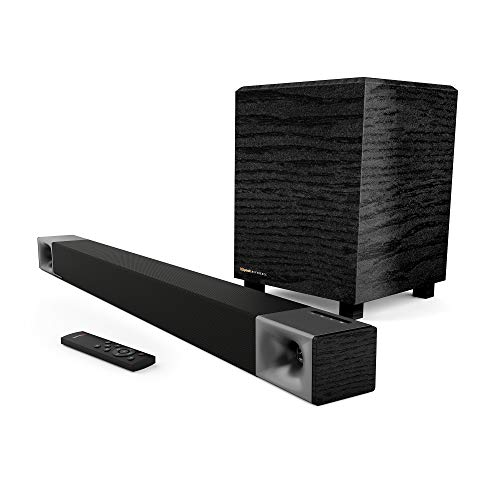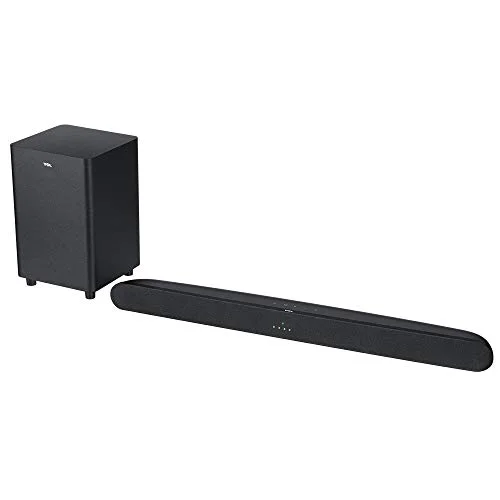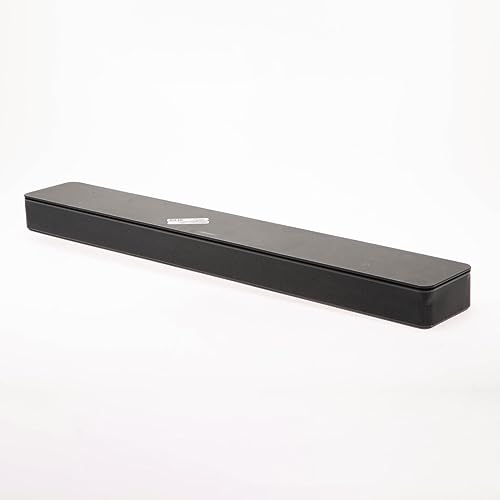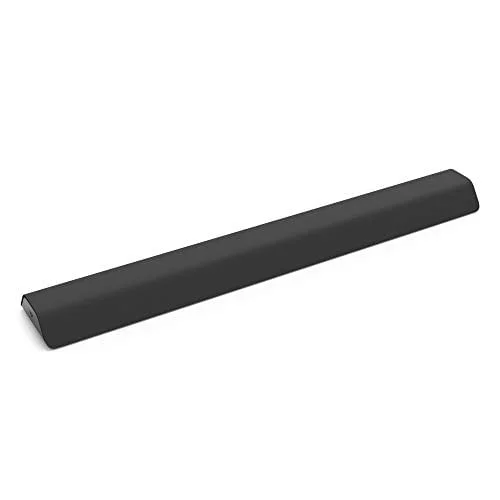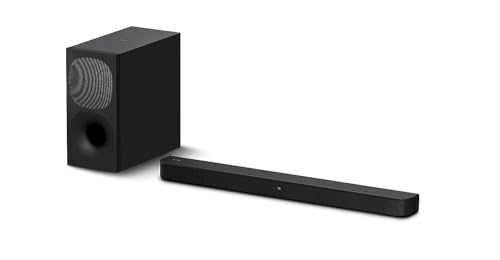If you’re a home entertainment enthusiast or even a music lover shopping for the best speakers, you’ve likely pondered over soundbars VS subwoofers debate. Which offers better sound, a soundbar or a separate subwoofer?
Both have their unique strengths. Soundbars produce a wide range of frequencies for better overall sound quality, but subwoofers excel in emitting low frequencies to create richer bass in the audio. And that’s just the tip of the iceberg.
Digging deeper into the comparison of soundbars and subwoofers, it’s essential to take note of the following points:
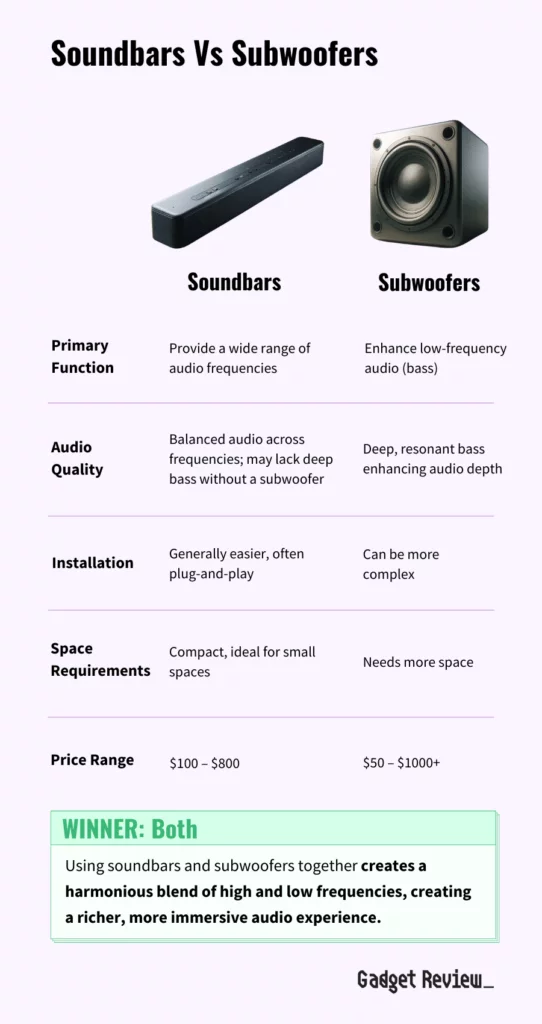
Another important consideration between models of soundbars and subwoofers is the option of a wireless model. This device offers more flexibility in setting up your audio devices. You won’t be restricted by limited power outlets or having to hide long, cumbersome wires.
There’s no conclusive answer to which is better as it’s greatly influenced by your personal tastes and the specifics of your home setup. What aspect of your audio do you want to improve?
What Are Soundbars?
Soundbars, as the name suggests, are bar-shaped devices which house multiple speakers in a compact form. Designed to maximize your audio experience, these sleek devices are a popular choice for enhancing movie, music, and gaming sessions.
STAT: Most soundbars come with two or three main built-in speaker drivers.
Many models already come with a built-in subwoofer, providing a decent range of low frequencies. This integrated option saves space and offers an acceptable level of bass for casual listeners. However, for the true audiophiles out there, a separate, dedicated subwoofer might be a more satisfying choice as it offers superior sound quality and volume control.
What Are Subwoofers?
Subwoofers are speakers designed specifically for producing low frequencies. Regardless of whether your taste leans more towards movies or music, a subwoofer can greatly enhance your audio experience. It’s their range that sets them apart – unlike standard speakers, subwoofers excel at delivering those hard-to-reach low tones.
insider tip
For the best sound quality, place the subwoofer on a mount or stand at ear level.
While some models offer built-in subwoofers, many audiophiles prefer the sound quality of a separate, dedicated subwoofer. This gives a deeper, richer sound and provides higher volume control. There’s also the option of a wireless subwoofer, which can open up your placement options in a room. This is especially useful if the device is on the opposite side of the room from your soundbar. Be sure to learn about the proper subwoofer placement for a soundbar so you have the most optimal setup.
Most importantly, remember that the power of your subwoofer should match the size of the room. If you’re in a large space, you’ll need more power to achieve that chest-thumping, seat-rumbling bass. For these large spaces, it might be worth considering dual subwoofers for even bass response across the listening area.
Using Soundbars and Subwoofers Together
For the ultimate home theater experience, a combination of soundbar and subwoofer works best. They create a harmonious blend of high and low frequencies, giving you that premium sound quality you crave.
However, soundbars and subwoofers are designed differently, focusing on different sounds and frequencies. If I have an existing sound system and want to supplement it, I’d look at the type and quality of sound each device can produce.
- A separate subwoofer specializes in low-frequency audio emissions. But to get that superb sound, you have to ensure proper connections to the rest of the system.
- On the other hand, a quality soundbar emits a range of frequencies, creating an enveloping sound. The more channels it has, the better its sound quality. Yet, it won’t match a dedicated subwoofer’s prowess in the lower range frequencies.
warning
If you want a soundbar with a subwoofer channel, buy one with a sound format with a “1” as its second number, for example, 2.1, 5.1, or 7.1. If the second number is zero (i.e., 2.0), it doesn’t support a subwoofer.
To pair a soundbar with a subwoofer, you should confirm if your soundbar has the correct connections. Some models come with specialized outputs, making it hard to plug in an SVS or external subwoofer. Luckily, cables like the SVS SoundPath RCA Audio Interconnect work with most subwoofers.
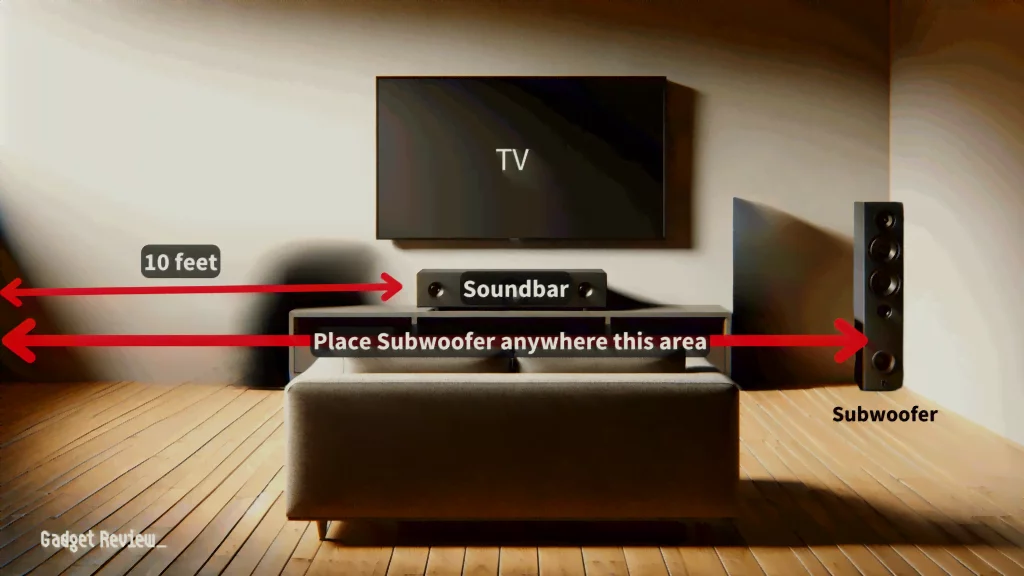
Room dimensions also matter. If your soundbar’s in a large room, a hefty subwoofer is a good match to boost the bass significantly. But if it’s for daily use or medium-sized rooms, you wouldn’t need too much subwoofer augmentation.
And the device’s size? A subwoofer shouldn’t be large or bulky. Sealed cabinet subwoofers usually have smaller dimensions, integrating more discreetly into your home theater setup. Lastly, the soundbar and subwoofer’s power output should match the room size for a balanced audio experience.
Final Verdict: Who’s The Winner?
It’s clear that both soundbars and subwoofers have their unique strengths. Soundbars, with their sleek design and multi-channel support, offer a theater-like audio experience. On the other hand, subwoofers, although larger, deliver deep, resonating low frequencies that truly enrich the sound.
But why choose one over the other? Pairing a soundbar with a subwoofer can give you the ultimate home theater experience. So, it’s not about picking a winner between soundbars and subwoofers – it’s about using them together to create a high-quality sound experience that’s unbeatable. If you purchase a soundbar with a higher amount of channels, like 7, then it will produce an even more immersive sound. It can’t totally replace a surround sound system, but it’s still pretty good. Choose wisely, connect properly, and happy listening.

